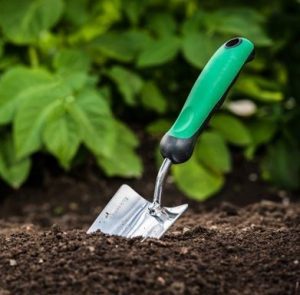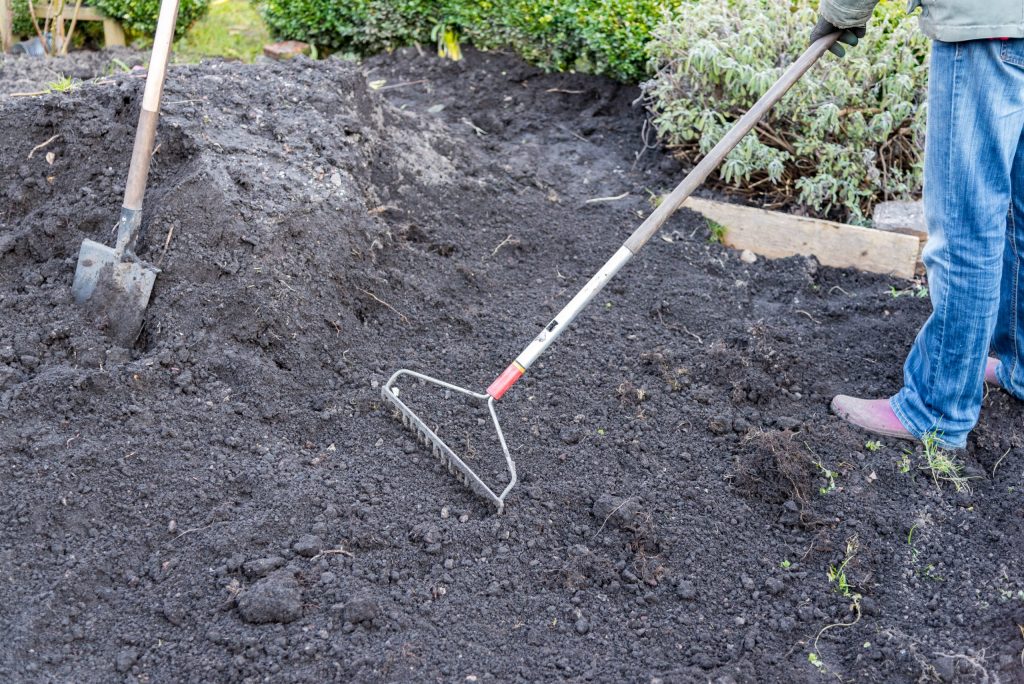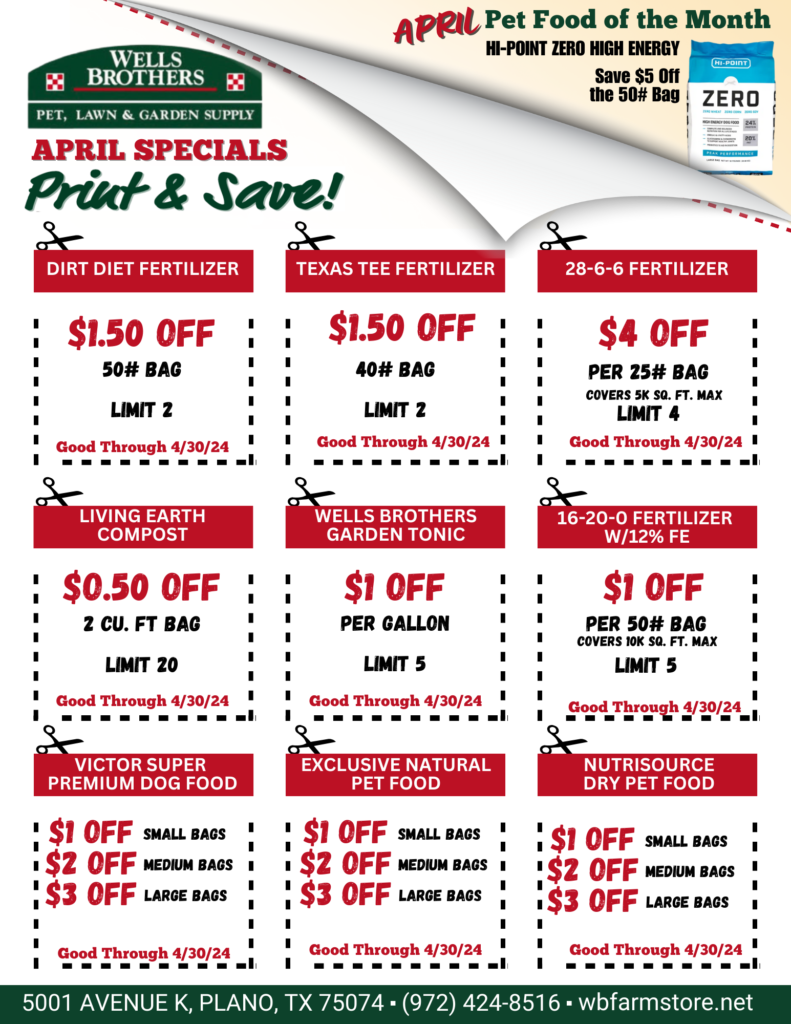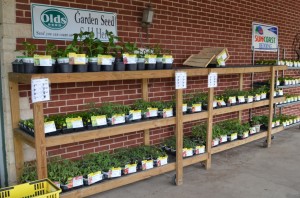 Get ready for spring gardening at Wells Brothers. Our porch is stocked full of onion sets, cold weather crops, and herbs ready for your garden. Our cool-weather crops, such as lettuces, cabbage, broccoli, cauliflower, and most herbs can be planted now. Soon we’ll have different types of tomatoes ready for your garden. In order to get a nice summer harvest, we recommend getting cold-weather plants in the ground by mid to late March. The average date of the last killing freeze in North Texas is March 13th. The weeks after that will be the best planting times. Use these next couple of weeks to prepare your garden beds and get the ground ready for planting. Working in soil amendments and natural compost can help give your tired soil the much-needed nutrient boost it needs.
Get ready for spring gardening at Wells Brothers. Our porch is stocked full of onion sets, cold weather crops, and herbs ready for your garden. Our cool-weather crops, such as lettuces, cabbage, broccoli, cauliflower, and most herbs can be planted now. Soon we’ll have different types of tomatoes ready for your garden. In order to get a nice summer harvest, we recommend getting cold-weather plants in the ground by mid to late March. The average date of the last killing freeze in North Texas is March 13th. The weeks after that will be the best planting times. Use these next couple of weeks to prepare your garden beds and get the ground ready for planting. Working in soil amendments and natural compost can help give your tired soil the much-needed nutrient boost it needs.
Stop by Wells Brothers for all your gardening needs. We’ve got a porch full of herbs and veggies and garden seeds by the package or scoop. Stop by Wells Brothers and let’s get this garden started!
Here’s a sampling of what we currently have in stock!
Cold Crops – A wild selection of spring plants
Strawberries
Herbs
Onion Sets





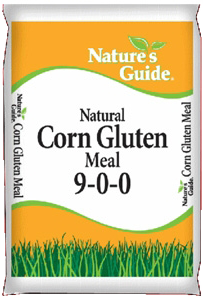
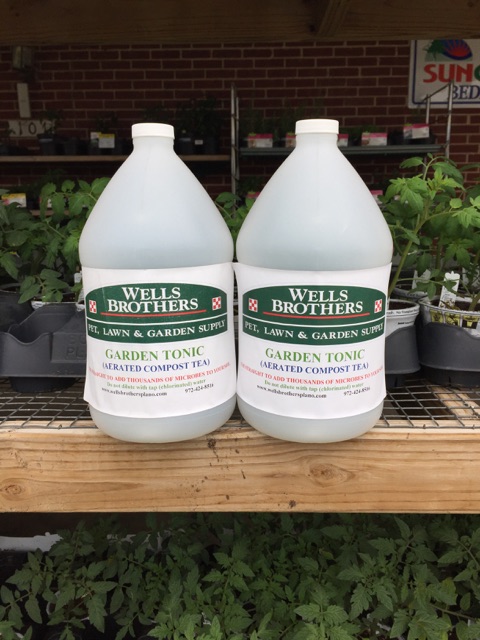 Pick up freshly brewed Garden Tonic compost tea at Wells Brothers! Our all-natural Garden Tonic (our version of compost tea) is brewed fresh weekly and available on Friday and Saturday. Bring your own gallon jug and save.
Pick up freshly brewed Garden Tonic compost tea at Wells Brothers! Our all-natural Garden Tonic (our version of compost tea) is brewed fresh weekly and available on Friday and Saturday. Bring your own gallon jug and save.